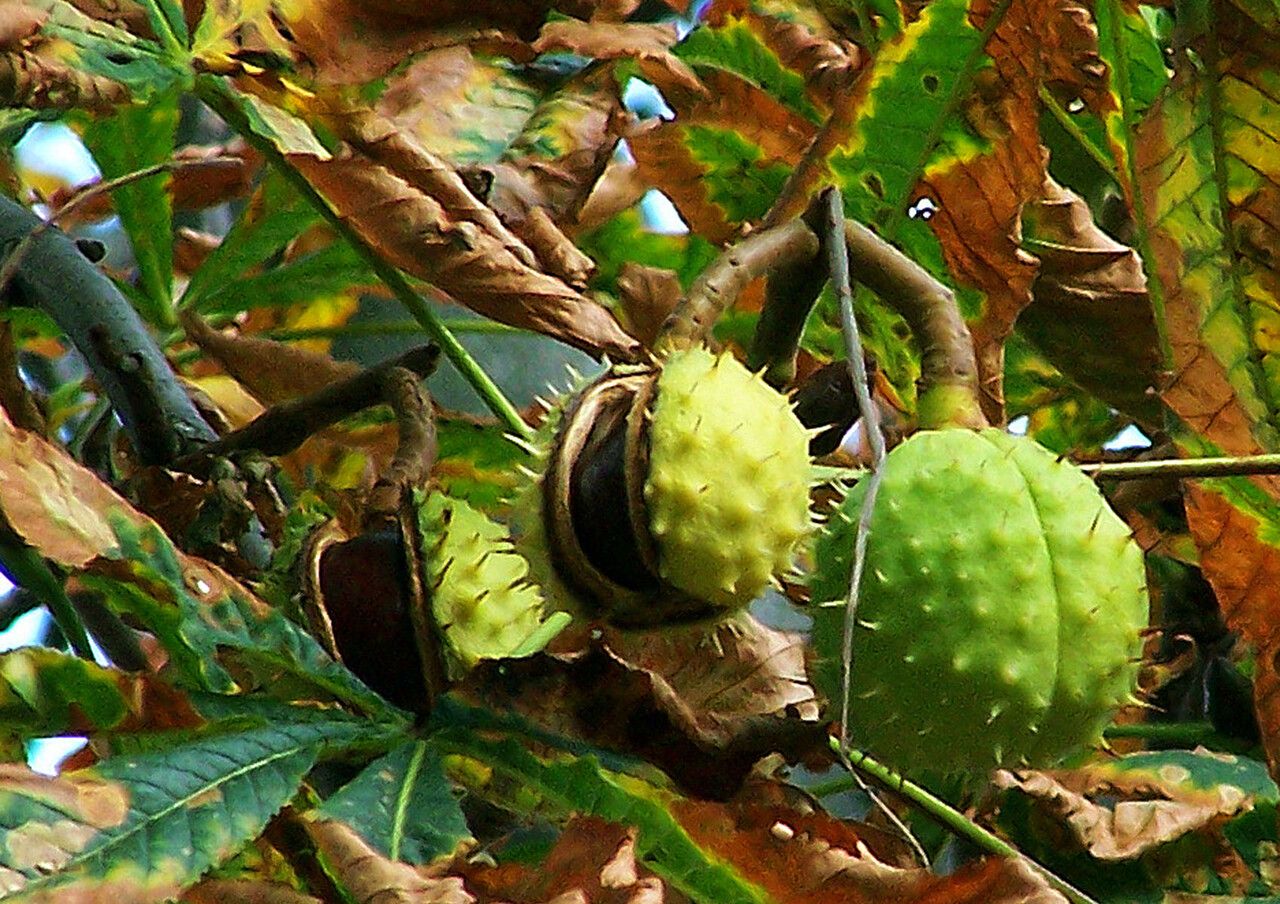BeobachtungAesculus hippocastanum L.observed byA Andrzej KonstantynowiczAndrzej Konstantynowicz28. September 2006
Andrzej KonstantynowiczAndrzej Konstantynowicz28. September 2006
observed by Andrzej KonstantynowiczAndrzej Konstantynowicz
Andrzej KonstantynowiczAndrzej Konstantynowicz
A
28. September 2006
Trivialname(n)
Gewöhnliche Rosskastanie
Familie
IUCN
Bestimmung
Proposed determination
Suggest another determination
You don’t agree with the suggested species but don’t have another suggestion
Kommentare
Zusätzliche Daten
Erstellungsdatum
9. Dez. 2021
Zuletzt überprüft
16. Okt. 2023
Łódź, Stoki
It is native to a small area in the Pindus Mountains mixed forests and Balkan mixed forests of South East Europe, but widely spread over Europe.
Edible plant - young leaves cooked; seeds cooked, can be dried, ground into a flour and used as a gruel; the roasted seed is used as a coffee substitute; care should be taken when eating seeds due to saponin content.
Herbal plant - the plant is an astringent, anti-inflammatory herb that helps to tone the vein walls which, when slack or distended, may become varicose, haemorrhoidal or otherwise problematic; it also reduces fluid retention by increasing the permeability of the capillaries and allowing the re-absorption of excess fluid back into the circulatory system; the bark is anti-inflammatory, astringent, diuretic, febrifuge, narcotic, tonic and vasoconstrictive; a tea made from the leaves is tonic and is used in the treatment of fevers and whooping cough; an oil extracted from the seeds has been used externally as a treatment for rheumatism.
Useful plant - Ssaponins in the seed are used as a soap substitute, they can be easily obtained by chopping the seed into small pieces and infusing them in hot water.; wood is weak, nicely grained, used for house fittings, domestic items, etc.
Shared in
Gruppen (13)

